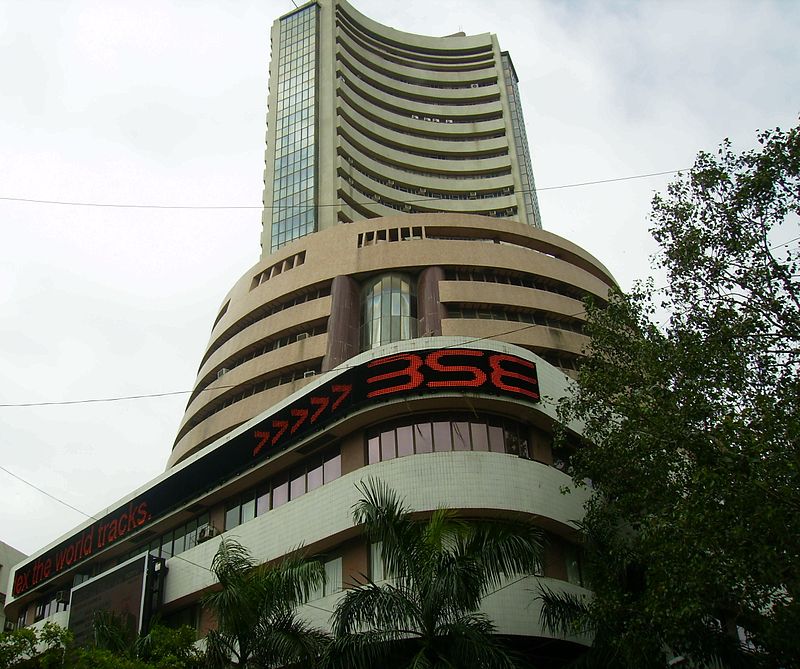Mumbai–As trading drew to a close on Friday, there were reasons to cheer as two key Indian equity indices logged their steepest weekly gain in four years, despite the jittery start on Monday as the initial market assessment of the national budget was positive.
The 30-share sensitive index (Sensex) of the BSE logged a gain of 6.44 percent during the week in review, while the 50-share Nifty of the National Stock Exchange (NSE) gained around 6.5 percent. In terms of absolute numbers, the 1,492-point rise in Sensex was the highest in seven years.
 “The market has gained nearly 7 percent during this week as the fiscal consolidation plan is attracting foreign funds to the domestic market,” said Vinod Nair, the head of fundamental research at Geojit BNP Paribas.
“The market has gained nearly 7 percent during this week as the fiscal consolidation plan is attracting foreign funds to the domestic market,” said Vinod Nair, the head of fundamental research at Geojit BNP Paribas.
“Foreign investors remain positive as the consensus is pointing to a significant upside on the US non-farm payroll data, which could provide clues on the rate hike direction of the US Federal Reserve,” Nair said in an end-of-the-week analysis.
During the week, foreign funds were net sellers in the equity space for the first two days and pulled out $84.95 million and $248.67 billion. But in each of the subsequent three days, they emerged net sellers — $442.68 million, $252.32 million and $164.65 million.
One of the most comforting factors of the budget, presented by Finance Minister Arun Jaitley on Monday, was the government’s resolve to adhere to fiscal prudence to bring down the deficit to to 3.5 percent in the next. The markets saw this as an opportunity for rate cuts.
“The government’s move to maintain fiscal shortfall target of 3.5 percent of the GDP for 2016-17, the smallest in nine years, has raised speculation of a near-term rate cut of at least 25 basis points, by the central bank to help power a revival in demand and investment,” Sharekhan said.
The other policy action that boosted sentiments was the decision to nurse state-run banks back to a sound fiscal health. The money provided in the budget towards their capital was just Rs.25,000 crore. But assurances of more money as and when required lifted the market mod.
In fact, among the 30 Sensex shares, State Bank of India was the best performer. Its shares were up as much as 20.58 percent at Rs.188.40 during the week. ICICI Bank followed suit with a gain of 19.29 percent at Rs.220.50. While Axis Bank gained 7.71 percent, HDFC Bank gained 6.38 percent.
The top loser was Oil and Natural Gas Corp, due mainly to the developments globally in the oil market. The company’s share fell 6.51 percent during the week. The markets discounted reports that the government was mulling a hike in oil and gas prices extracted from difficult areas.
This apart, Sun Pharma, Mahindra and Mahindra, Hindustan Lever were the only other stocks within the Sensex that lost ground during the week in a range of 1.59 percent and 0.24 percent. That is all the remaining 26 stocks ended in the positive territory.
Besides, the State Bank and ICICI Bank, Tata Steel emerged the third best performed with a gain of 16.08 percent at Rs.288.35, followed by Tata Motors, up 13.68 percent at Rs.343.55 and Bharat Heavy Electricals, up 12.78 percent.







